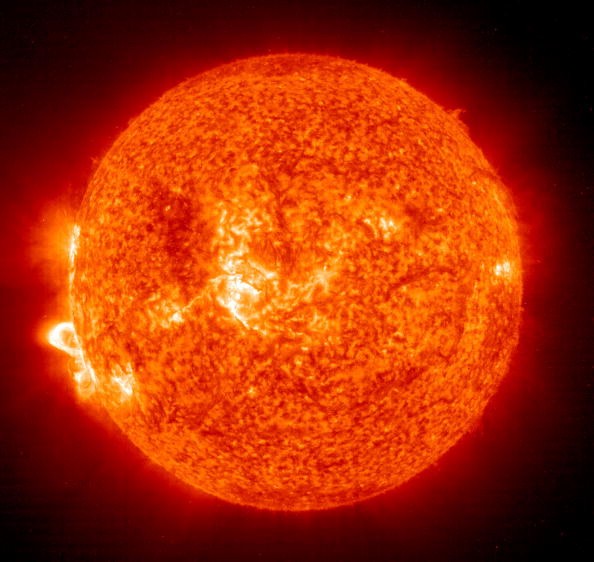According to space weather analysts, Earth may be in the path of coronal mass ejection (CME), a kind of sun explosion, which is expected to arrive on Thursday. By interfering with the Earth's magnetic field, CMEs can cause great damage to Earth's electrical infrastructure. But it is unlikely that Thursday's CME will cause problems.

Arrival of Coronal Mass Ejection (CME)
After erupting from the sun's surface on March 7, a coronal mass ejection (CME) could sideswipe Earth's magnetic field on March 10. According to space weather analysis site, it might prompt a G1-class geomagnetic storm.
The National Oceanic and Atmospheric Administration's Space Weather Prediction Center (SWPC) had neither issued a CME impact notice or warned of a G1 storm as of Wednesday morning, as per Newsweek.
When the Earth's magnetic field is perturbed by solar radiation, a G1 storm is the most modest sort of geomagnetic storm. Satellite operations may be slightly hampered, and power grid oscillations are probable in a G1 storm.
It's possible to see the Aurora Borealis in Michigan and Maine, as well as other northern states in the US.
The Most Severe Class of Geomagnetic Storm
The most dangerous form of storm is a G5. In the event of a G5 storm, there would be extensive voltage management issues and electrical grids might be completely destabilized, as per Earth Sky.
Spacecraft would have a difficult time navigating and exchanging information. It's possible that the outage of high-frequency radio transmission will last days. In addition, the northern lights can be seen in Florida and southern Texas in the United States.
Fortunately, such catastrophic catastrophes are few and far between, yet major storms occasionally happen. It was announced by SWPC in 2021 that a G3 geomagnetic storm watch will be in effect from October 30 to October 31 due to a large coronal mass ejection that occurred on October 28.
Damage to telegraph stations was caused in 1859 by a particularly intense storm, known as the Carrington Event.
When Does CMEs Occur?
CMEs are caused by the sun's magnetic fields being bent by the star's internal movement. At some point, though, this stored energy is released, resulting in a massive release of energy into the atmosphere. For a matter of days, these explosions discharge vast clouds of magnetized particles into space.
It is important to distinguish CMEs from solar flares, which can also occur as a result of these solar explosions but are often milder in nature. A solar flare is a blast of light and energy that hits Earth within minutes of the explosions taking place in space.
As the muzzle flash and cannonball of an imaginary cannon, NASA illustrates the difference between a solar flare and a CME.
Solar flares, despite their high radiation levels, pose little threat to humans on the ground.
The geomagnetic storm may have a technological impact on man-made electrical grids and satellites, but it will have no effect on humans. For nine hours earlier this year, the Canadian province of Quebec was without electricity because of a powerful solar outburst.
Related Article : Experts Warn How Powerful Solar Storms Can Possible Destroy Satellites
For more news, updates about solar storms and similar topics don't forget to follow Nature World News!
© 2025 NatureWorldNews.com All rights reserved. Do not reproduce without permission.





